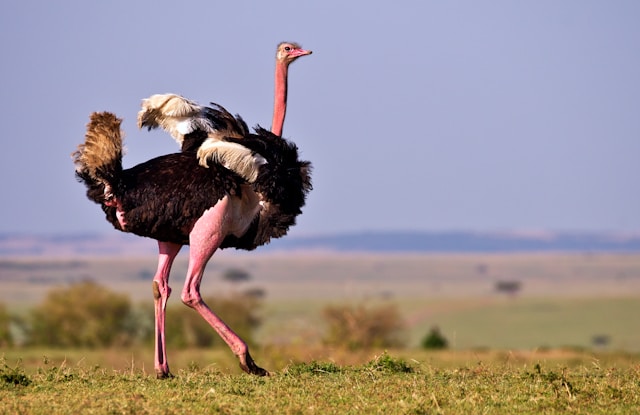A convoy of protesters lines a dusty road in Edgewood, British Columbia, their resolve matched only by the tension in the spring air. At Universal Ostrich Farms, hundreds of imposing birds strut behind wire fences—unaware they have become the epicentre of Canada’s latest public health standoff.
The Canadian Food Inspection Agency (CFIA) recently confirmed a version of avian influenza sweeping through the farm’s flock, a genetic mutation not previously documented in Canada. The agency’s swift intervention was not without reason; this particular strain carries a genotype linked to a human infection in Ohio, underscoring its potential severity for both animals and people. What began as a contained outbreak escalated quickly, with 69 ostriches succumbing over the winter months. The remaining flock, now numbering in the hundreds, has become a lightning rod for scientific debate, legal battles, and impassioned protest.
CFIA’s investigation didn’t stop at laboratory results. Officials cited the farm for failing to report illnesses, disregarding quarantine, and neglecting basic biosecurity—leaving wild birds access to the ostriches, poor fencing, and uncontrolled water flows. According to the agency, these lapses “significantly increase the risk of disease transmission” and reflect more than just a paperwork problem—they hint at a broader disregard for regulatory standards. In response, Universal Ostrich Farms was fined $20,000, but the family at the heart of the operation contests both the science and the justice of a planned cull.
Into this charged atmosphere stepped high-profile advocates, including U.S. Health Secretary Robert F. Kennedy Jr. and Dr. Mehmet Oz, each petitioning for the birds to be spared for research. Their proposals, however, were rebuffed by the CFIA, which pointed to the lack of verifiable on-site research and unsuitable facilities. Legal avenues brought no relief for the farm; a Federal Court judge allowed the cull to proceed, though an appeal is pending. Meanwhile, protesters—driven by a belief in the birds’ potential herd immunity and scientific value—continue to block the agency’s efforts, further delaying containment.
There is little appetite for easy answers here. The stakes extend beyond a single farm—threading through questions of animal welfare, public health, and the limits of scientific optimism. For now, the march toward depopulation continues under veterinary oversight, but the debate over risk, responsibility, and the true cost of compliance will echo well beyond Edgewood’s fences.
References:
Ostriches at B.C. farm have version of avian flu not seen elsewhere in Canada: CFIA

